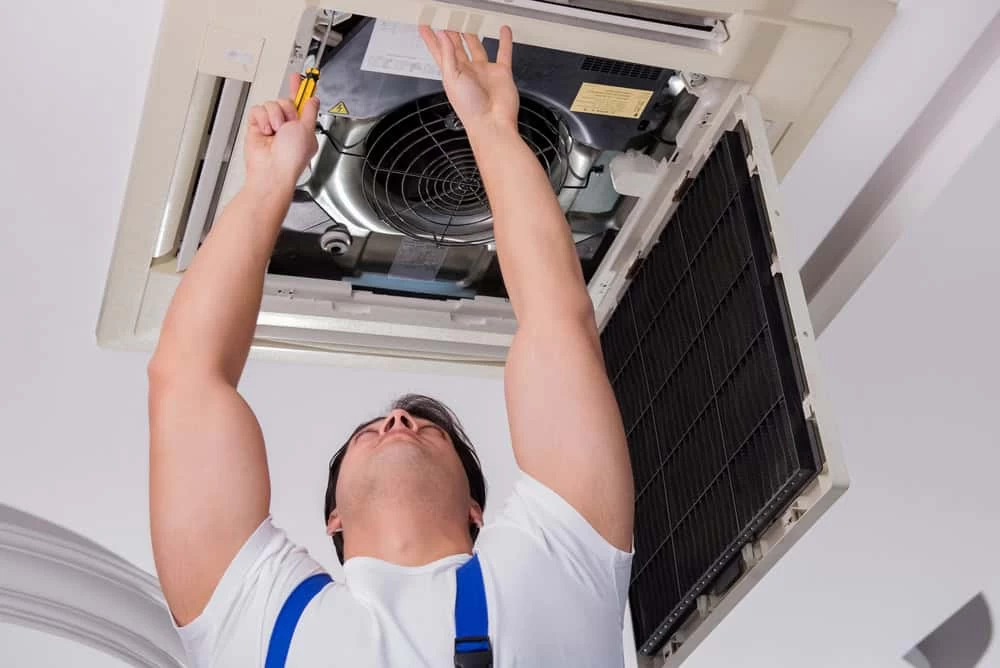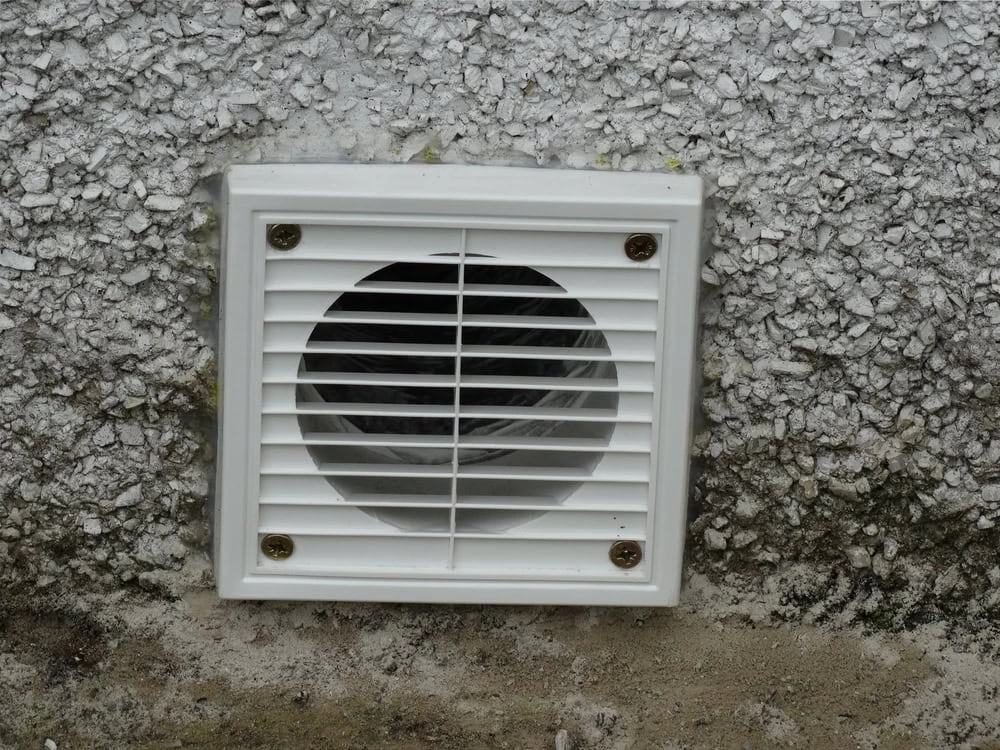Most professional dryer vent cleaning jobs take between 1-2 hours, depending on the complexity of your vent system and the amount of buildup present. Simple, short vent runs with minimal buildup can often be completed in about an hour. However, longer vent systems, those with multiple turns, or vents that haven’t been cleaned in several years may take closer to two hours to clean thoroughly. If repairs or modifications are needed, additional time may be required. The process includes initial inspection, disconnecting the dryer, cleaning the entire vent system, testing airflow, and ensuring everything is properly reconnected and functioning safely. While this might seem like a significant time investment, it’s comprehensive work that addresses the entire system—not just the easily accessible parts that homeowners can reach on their own.




